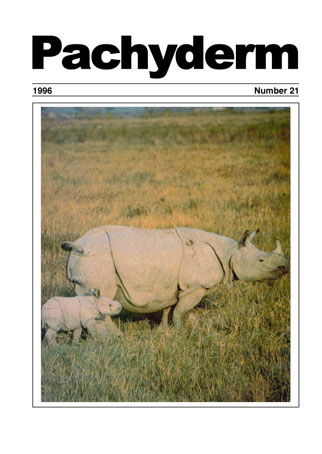African elephants in coastal refuges
Abstract
The history and status of relict elephant populations in three sites in coastal regions, Kakum in Ghana, and Addo and Knysna in South Africa, illustrate common elements effecting the survival of elephant populations within human dominated landscapes. Elephants survived within coastal regions of all three situations due to the presence of core habitat within government forest areas, and it was the habitat refuge rather than the protected status that was the key factor. All three sites are currently isolated from contact with other elephant populations and have been for some time. All three were initially protected under forest reserve status by colonial administration and either maintained or upgraded to National Parks by subsequent national governments. The detailed historical data available for Knysna and Addo elephant populations represent a unique opportunity for investigating the genetic consequences of bottlenecks and reintroduction within isolated elephant populations and could be used to assess the likelihood of prior population bottlenecks within such populations as Kakum where the past history is uncertain.
Downloads
Published
How to Cite
Issue
Section
License
Copyright (c) 1996 Joseph Paine Dudley

This work is licensed under a Creative Commons Attribution-NonCommercial 4.0 International License.




